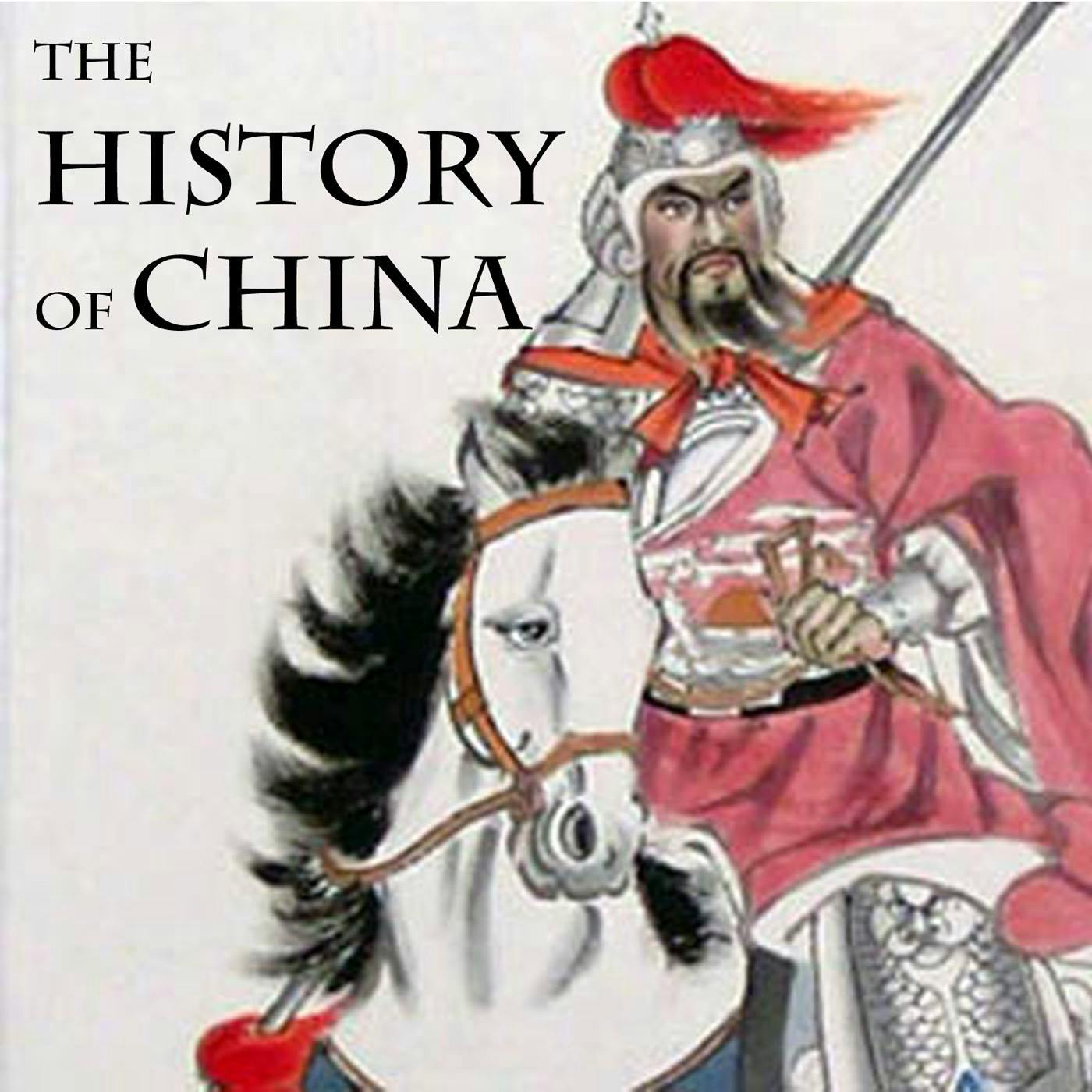
#208 - Ming 4: To Pick at the Dragon's Scales

The History of China
Shownotes Transcript
To both the north and south, the armies of Great Ming continue to achieve order from chaos and stability across the realm, in the imperial palace at Nanjing, the Hongwu Emperor sits the Dragon Throne - as mercurial and temperamental as its very namesake... and woe betide anyone who stokes the dragon's wrath. Still, in the name of greater peace (and fewer mass slaughters), many a brave (and often fatally foolish)scholar will tempt fate by trying to tell Hongwu what he's doing wrong.
Time Period Covered:
1379-1389 CE
Major Historical Figures:
Ming:
The Hongwu Emperor (Zhu Yuanzhang) [r.1368-1398]
Duke Li Wenzhong [d. 1384]
General Fu Youde [d. 1394]
General Feng Sheng [?]
General Lan Yu [d. 1393]
General Mu Ying [d. 1392]
Scholar Chen Wenhui [d. 1381]
Scholar Li Shilu [d. 1381]
Scholar Xie Jin [1369-1415]
Yuan/Yunnanese:
Toghus Temür Khan [d. 1388]
Basalawarmi, the Prince of Liang [d. 1382]
General Naghachu [d. 1388]
Si Lunfa, Chieftain of Shan [d. 1386?]
Major Works Cited:
Crossley, Pamela Kyle, et al. Empire at the Margins: Culture, Ethnicity and Frontier in Early Modern China.
Dillon, Michael. China’s Muslim Hui Community: Migration, Settlements and Sects.
Langlois, John D., Jr. “The Hung-Wu-Reign” in The Cambridge History of China, Vol. 7: The Ming Dynasty, 13698-1644m Part I.
Tsai, Shi-shan Henry. The Eunuchs in the Ming Dynasty.g.
Learn more about your ad choices. Visit megaphone.fm/adchoices)